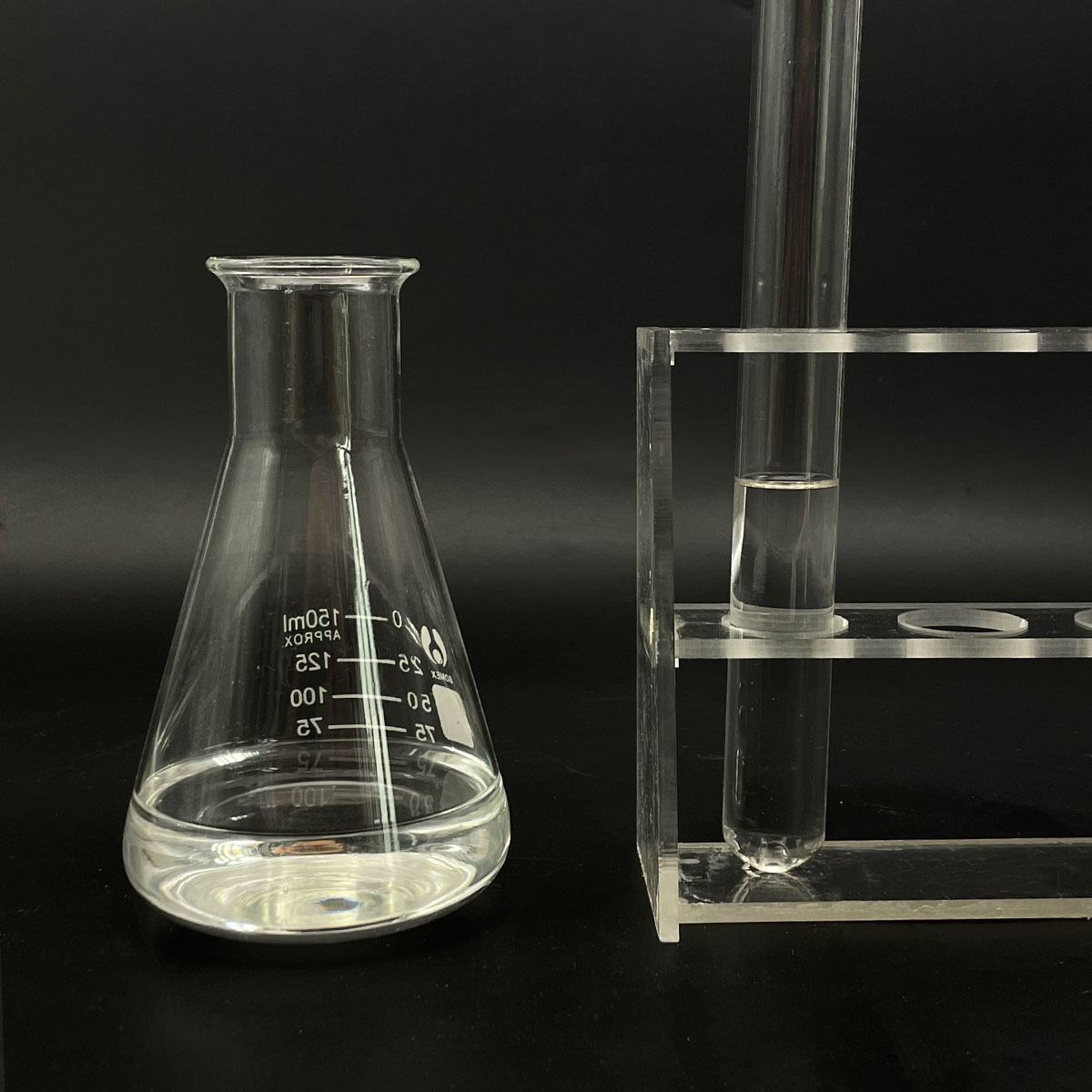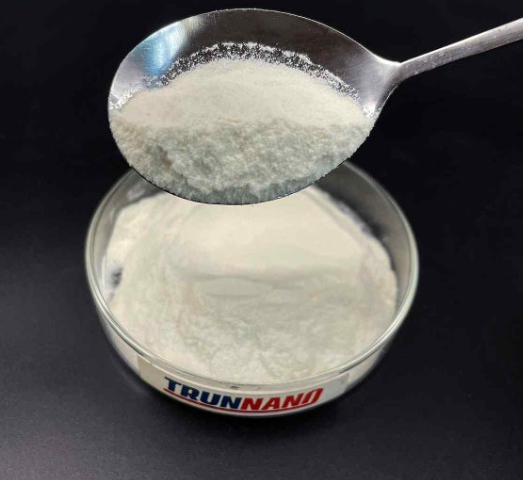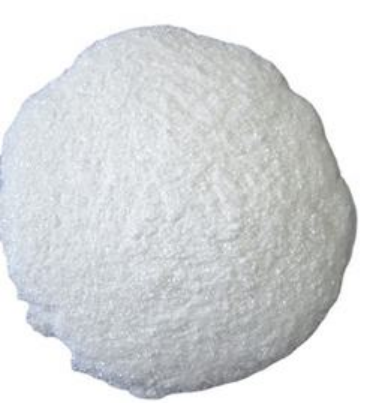1. Introduction
In the past 48 hours, a viral TikTok video reignited public debate over ‘sulfate-free’ shampoos, with over 2 million views questioning whether sodium lauryl sulfate (SLS) is truly harmful or just misunderstood. As consumers increasingly scrutinize ingredient labels, understanding the science behind SLS—and how it stacks up against newer surfactants—has never been more relevant.

Sodium lauryl sulfate, also known as sodium dodecyl sulfate (SDS), is one of the most widely used anionic surfactants globally. Found in everything from toothpaste to industrial cleaners, its effectiveness as a foaming and cleansing agent is unmatched. But with rising demand for gentler, eco-friendly alternatives like decyl glucoside and sodium cocoyl glutamate, it’s time to dissect SLS’s role in modern formulations.
2. What Is a Surfactant—and Why Does It Matter?
The meaning of surfactant is simple: a surface-active agent that reduces surface tension between liquids or between a liquid and a solid. Surfactants have a hydrophilic (water-loving) head and a hydrophobic (oil-loving) tail, allowing them to lift dirt, disperse oils, and create foam.
Surfactants fall into four main classes: anionic, cationic, non-ionic, and amphoteric. Sodium lauryl sulfate is a classic anionic surfactant, carrying a negative charge. In contrast, cetyl trimethyl ammonium bromide (CTAB) is a cationic surfactant with a positive charge, often used in conditioners for its anti-static properties. Non-ionic surfactants like polysorbate 80 or Pluronic 127 (poloxamer 188) carry no charge and are prized for stability in hard water. Amphoteric types, such as cocamidopropyl betaine (also called coco betaine or amidopropyl betaine), can switch charge based on pH, making them ideal for mild formulations.
3. Sodium Lauryl Sulfate: Chemistry and Performance
Sodium lauryl sulfate (SLS), or natrium lauryl sulfate, is derived from lauryl alcohol (dodecyl alcohol) and sulfuric acid. Its chemical formula is C12H25SO4Na, and it’s sometimes confused with sodium laureth sulfate (SLES), also known as sodium lauryl ether sulfate or sodium lauryl ether sulphate.
While both SLS and SLES are anionic surfactants, they differ significantly. SLS is a straight-chain molecule that penetrates skin more aggressively, which can cause irritation in sensitive individuals. SLES, on the other hand, is ethoxylated—meaning ethylene oxide is added—making it milder and less irritating. This is why SLES is preferred in shampoos (e.g., ‘sodium lauryl ether sulphate in shampoo’) despite higher production costs.

4. Comparing SLS with Modern Alternatives
4.1. Bio-Based and Mild Surfactants
Alkyl polyglucosides like decyl glucoside and coco glucoside are non-ionic, derived from coconut and glucose. They’re biodegradable, non-toxic, and extremely gentle—ideal for baby products. Similarly, sodium lauroyl sarcosinate (a sarcosinate surfactant) and sodium cocoyl isethionate offer rich lather with low irritation.
Amphoteric surfactants like cocamidopropyl betaine are frequently blended with SLS to reduce its harshness. These ‘cocamido’ compounds enhance foam stability and are common in sulfate-free or ‘low-sulfate’ products.
4.2. Agricultural and Industrial Surfactants
In herbicides, surfactants act as wetting agents to help active ingredients adhere to waxy plant leaves. Methylated seed oil and nonionic surfactants like Span80 (sorbitan monooleate) are common. For lawn care, a ‘wetting agent for grass’ might use lignin sulfonate or ethoxylated alcohols instead of SLS due to better compatibility and lower phytotoxicity.

Interestingly, sodium dodecylbenzene sulfonate—a close cousin of SLS—is widely used in laundry detergents but rarely in personal care due to higher irritation potential.
5. Safety, Misconceptions, and Market Trends
Despite online claims, SLS is not carcinogenic. Regulatory bodies like the FDA and EU SCCS deem it safe at typical use concentrations (1–15%). However, it can cause skin and eye irritation, especially in leave-on products.
The confusion often stems from mixing up SLS with SLES, or misreading ‘sls sodium laureth sulfate’ as one compound. In reality, ‘sls sodium’ usually refers to sodium lauryl sulfate, while ‘sulfate laureth’ or ‘laureth sulphate’ points to SLES.
Brands like Rohit Surfactants Private Limited now offer sodium lauryl sulfate for sale alongside bio surfactants, reflecting market diversification. Meanwhile, fluoro surfactants and copper 1 bromide-based systems remain niche due to environmental concerns.
6. The Future of Surfactant Formulation
The trend is clear: consumers want efficacy without irritation. This has driven innovation in amino acid-based surfactants (e.g., sodium cocoyl glutamate) and hybrid systems combining anionic and amphoteric types. Even in industrial settings, bio surfactants are gaining traction for their sustainability.
For formulators, the choice isn’t just about cleaning power—it’s about compatibility, cost, and consumer perception. While SLS remains a workhorse, its dominance is waning in premium personal care segments.
7. Conclusion
Sodium lauryl sulfate is a powerful, cost-effective anionic surfactant with unmatched foaming ability. Yet, in an era prioritizing skin health and environmental impact, alternatives like alkyl polyglucosides, sarcosinates, and amphoteric betaines are reshaping the landscape. Understanding the differences between anionic, cationic, non-ionic, and amphoteric surfactants empowers both formulators and consumers to make informed choices—beyond the hype of ‘sulfate-free’ marketing.
Our Website founded on October 17, 2012, is a high-tech enterprise committed to the research and development, production, processing, sales and technical services of ceramic relative materials such as Sodium. Our products includes but not limited to Boron Carbide Ceramic Products, Boron Nitride Ceramic Products, Silicon Carbide Ceramic Products, Silicon Nitride Ceramic Products, Zirconium Dioxide Ceramic Products, etc. If you are interested, please feel free to contact us.


